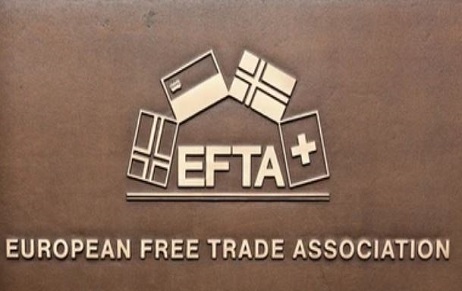This article delves into the ongoing debate around the issue of right of ownership of…
Intellectual Property Rights and Dance Moves: An Indian Perspective
Granting Copyright
It is true that a work is considered copyrighted the moment it is created but a right to sue for infringement arises only when it is registered. For a dance move to be registered, it should be creative, original, unique, and consist of systematic dance steps. It should not consist of basic dance movements but have some level of uniqueness in order to prove the ownership.
Dance moves are considered choreographic works under Copyright Act of 1957 and are protected under Section 2(h) of the Act as “dramatic work” where any expressive form of art consisting of emotions, science arrangement, a story, creative steps, acting, and entertainment is given protection which is in form of writing, but does not include a cinematograph film.
Section 2(f) and Section 2(xxa) define cinematograph film as every recorded work with moving images/visuals, therefore, excluding dance steps from the ambit of “dramatic work”. The only way in which dance steps can be protected is by reducing them in writing by using dance notation. If dance steps are in a written form and not a part of a cinematograph film, it fulfils the essentials of “dramatic work” enumerated in Section 2(h) of the Act. On fulfilling the same, Section 14 of the Act makes the creator eligible to get certain exclusive rights such as, to issue copies of your creativity/work publicly, right to reproduce work, to perform work in public, right to sue for infringement and make an adaption of work.
Section 38 of the Act defines a performer’s right as whenever a performer engages or appears in any performance, he shall have a special right known as performer’s right in relation to such performance. Section 2(q) of the Act defines performance as any visual or acoustic presentation by one or more performers which thereby also includes dancers. Performer’s rights such as reproduction of sound or visual recording in any material, communication to the public, issuance of copies, selling or renting copies are exclusive to the said performer.
Choreographer Knight was the first commercial choreographer to protect his dance moves by registering his work as copyright.
In the case of Anupama Mohan v. State of Kerala[1], a Writ Petition was filed by Anupama Mohan (petitioner) in the High Court of Kerala against the State of Kerala (respondent) for circulating petitioner’s dance performance publicly and petitioner claimed copyright over the dance performance. The High Court of Kerala decreed in favour of the petitioner.
Other forms of Intellectual Property
Dance in itself encompasses various elements. Dance moves of a creator can be protected under the Copyright Act of 1957 if reduced in writing but it cannot be trademarked. However, the name and its representations are capable of being trademarked under the Trade Marks Act of 1999. The methods can be protected under the Patents Laws and the dance costumes can be protected under the Design Laws.
Exceptions
The law to some extent gives the creator the ability to protect his work but there are a few exceptions to the rights of the creator. If in case the work of the creator is used for “fair use”, the creator cannot seek remedy. Fair use means work that is used for private or personal use, including review, research, bona fide teaching, and reporting of current events.
In the case of Bikram’s Yoga Coll. Of India, L.P. v. Evolation Yoga, LLC [2], it was held that since yoga sequence is a form of systematic bodily movement, it is not covered under the Copyright Act of 1957.
In the case of Academy of General Education, Manipal and Anr. v. B. Manini Mallya[3], the Apex Court expounded that dance performance will not come under the ambit of “literary work” but will come under the ambit of “dramatic work”. The Court in instant case also held that since the Appellant is an educational institution and if the dance is performed by a teacher in course of instruction or in front of a non-paying audience, the order of injunction shall not apply.
Conclusion
From the above discussion, it can be concluded that dance moves of the creator can be protected as dramatic work under the Copyright Act of 1957 if reduced in writing. The name of the dance and its representations can be trademarked, the method can be patented and the costume designs can be protected under the Design Laws.
With increase in digitalisation, there is a need to widen the ambit of protection of the work of a dancer. In the United Kingdom and the United States, choreography can be protected through any medium including videotaping. Many of the dancers and choreographers are unaware of the protections available to their work therefore, there is also a need to spread awareness.
Author: This article is authored by Bhavya Verma, a penultimate law student from JEMTEC School of Law (Greater Noida), in case of any queries please contact/write back to us via email [email protected] or contact us at IIPRD.



